
The Future of Maintenance: How Heat Exchanger Inspection Cameras are Changing the Game
The Impact and Innovation of Heat Exchanger Inspection Cameras in Modern Maintenance Practices
Heat exchanger maintenance is crucial for ensuring efficient operation in various industrial processes. Regular inspections help prevent corrosion, fouling, and other issues that can compromise performance. However, traditional inspection methods often involve downtime and safety risks.
Enter heat exchanger inspection cameras, a game-changing technology revolutionizing maintenance practices. These specialized cameras allow for non-intrusive inspections of heat exchangers, offering real-time visual feedback on their condition. By eliminating the need for physical access or disassembly, these cameras save time, reduce costs, and enhance safety.
Equipped with advanced features such as high-definition imaging and remote operation capabilities, heat exchanger inspection cameras provide detailed insights into potential issues like tube blockages, leaks, or structural damage. This proactive approach enables maintenance teams to identify problems early, schedule repairs efficiently, and optimize the performance and longevity of heat exchangers, ultimately minimizing downtime and maximizing productivity.
Understanding Heat Exchanger Inspection Cameras
Heat exchanger inspection cameras are specialized tools designed for non-intrusive examination of heat exchangers, essential components in various industrial processes. These cameras utilize advanced imaging technology to provide real-time visual feedback on the condition of heat exchangers without the need for disassembly or physical access.
Over time, inspection cameras have evolved significantly, incorporating key features and technological advancements to enhance their functionality. Early models offered basic imaging capabilities, but modern inspection cameras boast high-definition cameras, flexible articulation, and remote operation capabilities. Some even integrate thermal imaging for detecting temperature variations indicative of potential issues.
Key advancements in modern inspection cameras include improved image quality, enhanced maneuverability in tight spaces, and wireless connectivity for seamless data transmission and analysis. Additionally, features like adjustable lighting, digital zoom, and image stabilization contribute to more accurate inspections and quicker problem resolution. These technological innovations empower maintenance teams to conduct thorough assessments efficiently, ultimately improving the reliability and performance of heat exchangers while reducing downtime.
The Role of Inspection Cameras in Maintenance
Traditional heat exchanger maintenance poses numerous challenges, including limited visibility and access to critical components, time-consuming disassembly, and the risk of safety hazards. Inspection cameras revolutionize maintenance practices by offering enhanced visibility and access to hard-to-reach areas without requiring disassembly. With high-definition imaging and flexible articulation, these cameras enable real-time analysis, facilitating rapid problem identification. By detecting issues early, maintenance teams can implement proactive measures, minimizing downtime and preventing costly breakdowns. Inspection cameras empower technicians to conduct thorough assessments efficiently, even in confined spaces or hazardous environments. Ultimately, their integration into maintenance routines streamlines operations, enhances safety, and prolongs the lifespan of heat exchangers, ensuring optimal performance and reliability in industrial settings.
Benefits of Adopting Inspection Cameras
Adopting inspection cameras offers a myriad of benefits for industrial maintenance:
- Increased safety for maintenance personnel: Inspection cameras allow technicians to assess equipment conditions remotely, reducing the need for physical access to hazardous areas. By minimizing exposure to potentially dangerous environments, these cameras enhance safety for maintenance personnel, preventing accidents and injuries.
- Cost savings through early problem detection and reduced downtime: Inspection cameras facilitate early detection of issues such as corrosion, leaks, or blockages, enabling prompt intervention before problems escalate. By addressing issues proactively, maintenance teams can avoid costly breakdowns and unplanned downtime, leading to significant cost savings over time.
- Improved accuracy and thoroughness of inspections: With high-definition imaging and flexible articulation, inspection cameras provide detailed visual feedback, allowing for comprehensive assessments of equipment conditions. This enhances the accuracy and thoroughness of inspections, ensuring that no potential problems go unnoticed.
- Enhanced maintenance planning and documentation: Inspection cameras enable maintenance teams to capture clear images and videos of equipment conditions, facilitating better documentation of inspection findings. This documentation aids in developing more effective maintenance plans, scheduling repairs, and tracking equipment performance over time, ultimately optimizing maintenance processes and prolonging equipment lifespan.
Future Trends in Inspection Technology
Future trends in inspection technology are poised to revolutionize maintenance practices:
- Integration of emerging technologies: Inspection cameras are likely to integrate advanced technologies such as artificial intelligence (AI), machine learning, and augmented reality (AR). AI algorithms can analyze inspection data in real-time, automatically detecting anomalies and predicting potential equipment failures. Machine learning algorithms can improve over time, enhancing the accuracy of inspection results. AR technology can overlay digital information onto physical equipment, providing technicians with contextualized guidance during inspections.
- Enhanced maintenance practices: These technologies will further streamline maintenance practices by enabling predictive maintenance strategies. By leveraging AI and machine learning, maintenance teams can anticipate equipment failures before they occur, allowing for proactive intervention and preventing costly downtime. AR-based inspection systems will offer immersive experiences, empowering technicians with interactive guidance and virtual training simulations.
- Role of data analytics: Data analytics will play a central role in future maintenance strategies, enabling organizations to derive actionable insights from inspection data. By analyzing historical inspection data, organizations can identify patterns, trends, and failure modes, informing predictive maintenance models. Advanced analytics techniques, such as predictive modeling and anomaly detection, will enable organizations to optimize maintenance schedules, prioritize critical assets, and allocate resources more effectively.
Overall, the integration of emerging technologies and data analytics into inspection technology will drive significant advancements in maintenance practices, leading to improved equipment reliability, reduced downtime, and increased operational efficiency in various industries.
Getting Started with Inspection Cameras
When getting started with inspection cameras, especially for heat exchangers, several considerations are essential:
- Compatibility and Features: Ensure the inspection camera is compatible with the specific requirements of heat exchanger inspections. Look for features like high-definition imaging, flexible articulation, and robust construction suitable for the conditions of heat exchanger environments.
- Durability and Reliability: Choose an inspection camera built to withstand the harsh conditions often encountered in industrial settings. Opt for models with durable construction and waterproof capabilities to ensure reliability during inspections.
- Ease of Use: Select an inspection camera that is user-friendly and intuitive to operate. Consider factors such as ergonomic design, easy navigation menus, and accessible controls, facilitating efficient inspections even for less experienced users.
- Integration with Maintenance Systems: Look for inspection cameras that offer seamless integration with existing maintenance management systems. Compatibility with software for data storage, analysis, and reporting can streamline inspection workflows and enhance documentation practices.
- Training and Education: Invest in comprehensive training and education for maintenance teams on how to effectively use inspection cameras. Provide hands-on training sessions covering camera operation, maintenance procedures, and safety protocols to ensure proper implementation and utilization.
- Regular Maintenance and Calibration: Establish a schedule for regular maintenance and calibration of inspection cameras to ensure optimal performance and accuracy. Follow manufacturer recommendations for cleaning, calibration, and servicing to prolong the lifespan of the equipment.
- Feedback and Continuous Improvement: Encourage feedback from maintenance teams regarding the usability and effectiveness of inspection cameras. Use this feedback to identify areas for improvement and implement continuous training and process enhancements to maximize the benefits of the technology.
Shop Teslong Heat Exchanger Inspection Cameras
In summary, heat exchanger inspection cameras represent a transformative leap in maintenance practices, offering enhanced safety, efficiency, and cost-effectiveness. By providing unprecedented visibility into the inner workings of heat exchangers, these cameras empower maintenance teams to detect issues early, reduce downtime, and optimize equipment performance.
As you contemplate integrating inspection cameras into your maintenance routines, consider the profound impact they can have on your operations. Imagine the potential for proactive maintenance, streamlined workflows, and improved reliability across your industrial processes. Whether you operate in manufacturing, energy production, or any other industry reliant on heat exchangers, inspection cameras offer invaluable benefits.
When considering inspection camera solutions, I encourage you to explore Teslong products. With its reputation for quality, reliability, and innovation, Teslong offers a range of inspection cameras tailored to the needs of industrial maintenance professionals. Discover how Teslong products can revolutionize your maintenance practices and unlock new levels of efficiency and effectiveness.
Explore Teslong Products:
Industrial Endoscopes
-
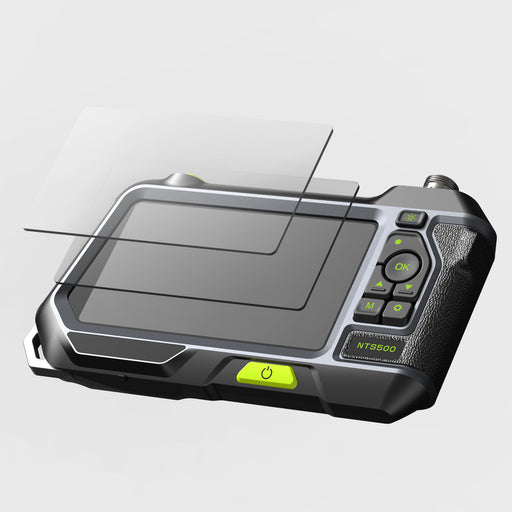
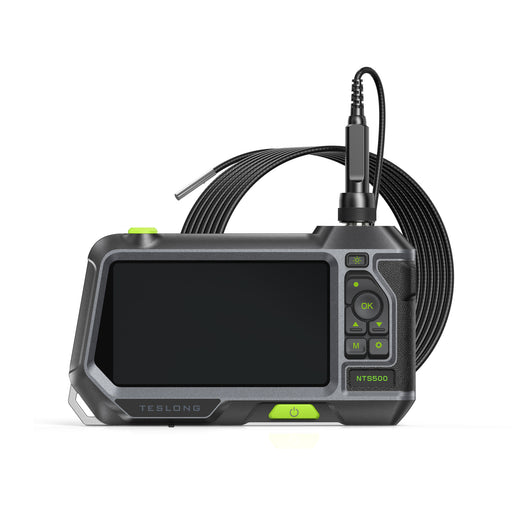
NTS500 Pro Inspection Camera with 5-inch HD Screen
Original price $0.00 - Original price $0.00Original price $0.00$199.99 - $265.99$199.99 - $265.99Current price $199.99Technical Specs MonitorScreen: 5-inch IPS HD DisplayScreen Resolution: 1280x720 pixels (16:9)Image Capturing Resolution: 1920x1080 pixels (JPG)V...
View full detailsOriginal price $0.00 - Original price $0.00Original price $0.00$199.99 - $265.99$199.99 - $265.99Current price $199.99 -
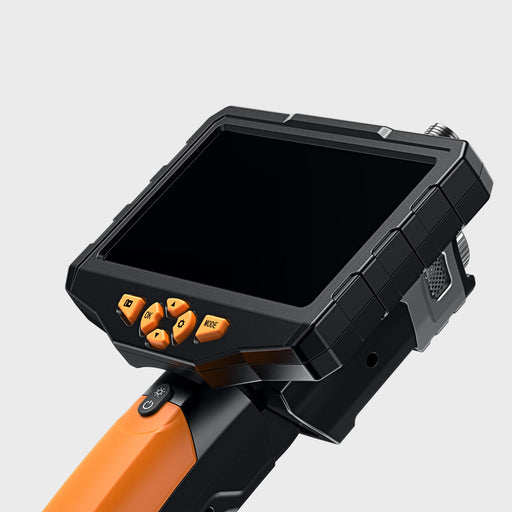
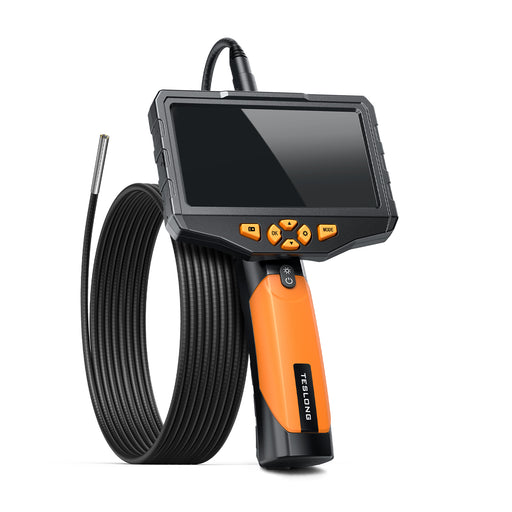
NTS300 Pro Inspection Camera with 5-inch HD Screen
Original price $0.00 - Original price $0.00Original price $0.00$105.99 - $169.99$105.99 - $169.99Current price $105.99Technical Specs MonitorScreen: 5-inch IPS HD DisplayScreen Resolution: 854x480 pixels (FWVGA)Image Capturing Resolution: 1920x1080 pixels (JPG)...
View full detailsOriginal price $0.00 - Original price $0.00Original price $0.00$105.99 - $169.99$105.99 - $169.99Current price $105.99 -
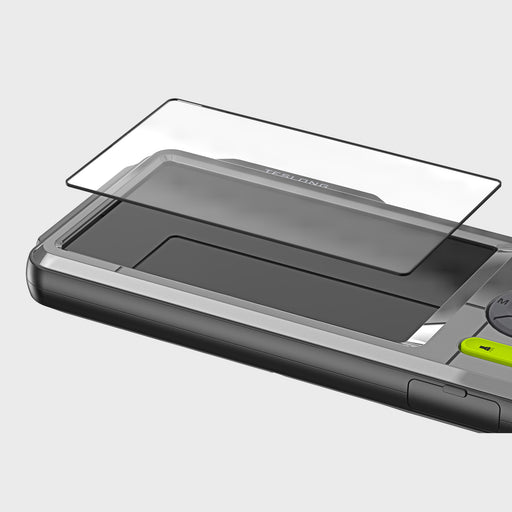

NTS500B Household Inspection Camera with 5-inch Screen
Original price $0.00 - Original price $0.00Original price $0.00$129.99$129.99 - $129.99Current price $129.99Technical Specs MonitorMonitor: 5-inch IPS Color DisplayScreen Resolution: 854x480 pixels (16:9)Image Capturing Resolution: 1920x1080 pixels (JP...
View full detailsOriginal price $0.00 - Original price $0.00Original price $0.00$129.99$129.99 - $129.99Current price $129.99 -
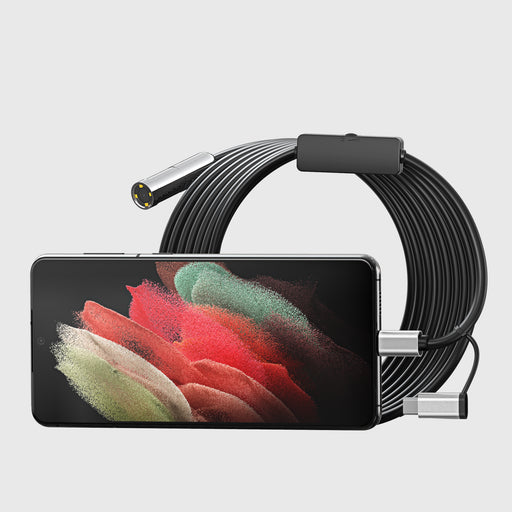
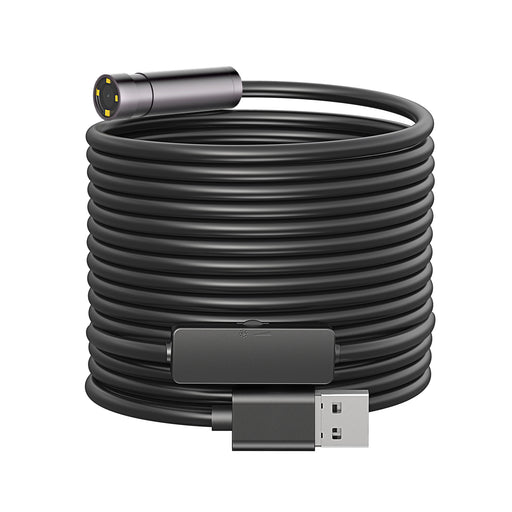
NTC125 Household DIY Autofocus Inspection Camera
Original price $0.00 - Original price $0.00Original price $0.00$49.99$49.99 - $49.99Current price $49.99Technical Specs Model Number: NTC125Type: Auto-FocusSingle Lens: Straight-viewingDiameter: 0.49 in (12.5 mm)Length: 16 ft (5-meters)Megapixel: ...
View full detailsOriginal price $0.00 - Original price $0.00Original price $0.00$49.99$49.99 - $49.99Current price $49.99 -

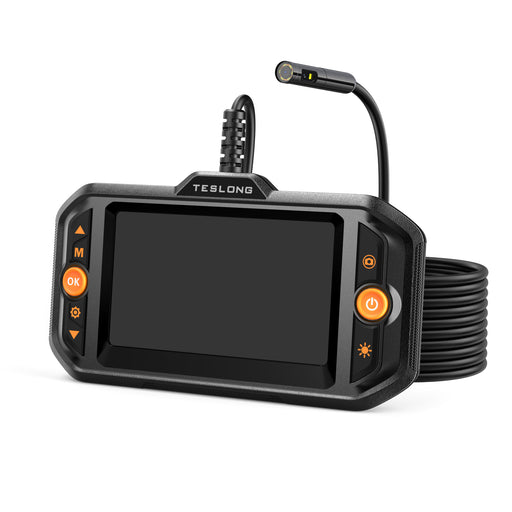 Sold out
Sold out
TS43 4.3-inch Screen Inspection Camera
Original price $64.99 - Original price $64.99Original price$64.99$64.99 - $64.99Current price $64.99Technical Specs MonitorScreen: 4.3-inch LCD DisplayScreen Resolution: 480x272 pixelsImage Capturing Resolution: 1920x1080 pixelsVideo Recording ...
View full detailsOriginal price $64.99 - Original price $64.99Original price$64.99$64.99 - $64.99Current price $64.99Sold out










